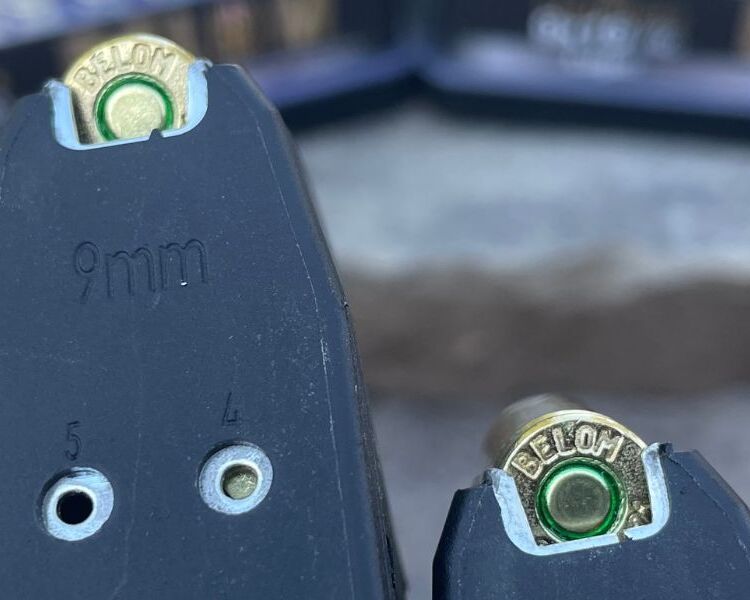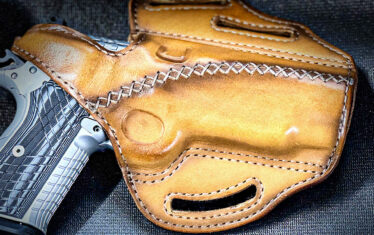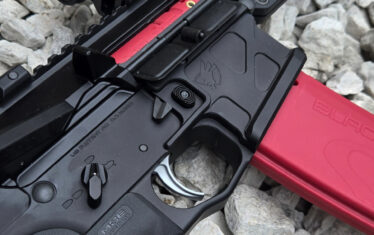When someone says “9mm,” the image that pops into most minds is the ever-popular 9mm Luger cartridge, also known as the 9x19mm. This ammo is found in countless handguns worldwide and is often the standard by which other pistol rounds are judged.
However, the term “9mm,” while widely recognized for its use with the 9x19mm, encompasses a surprising level of diversity. The desire for different characteristics and variety led to the development of many unique cartridges, all sharing a bullet diameter of approximately 9mm.
Innovations in design and purpose have expanded the capabilities of this caliber¹ in fascinating ways. It has been adapted impressively from cartridges designed to deliver power in compact pistols to rifle rounds meant for hunting. Some offer performance comparable to revolver rounds, while others prioritize concealability.
Let’s explore these lesser-known cartridges and expand our understanding of what a 9mm round can be.
1. 9x18mm Makarov: The Compact Comrade
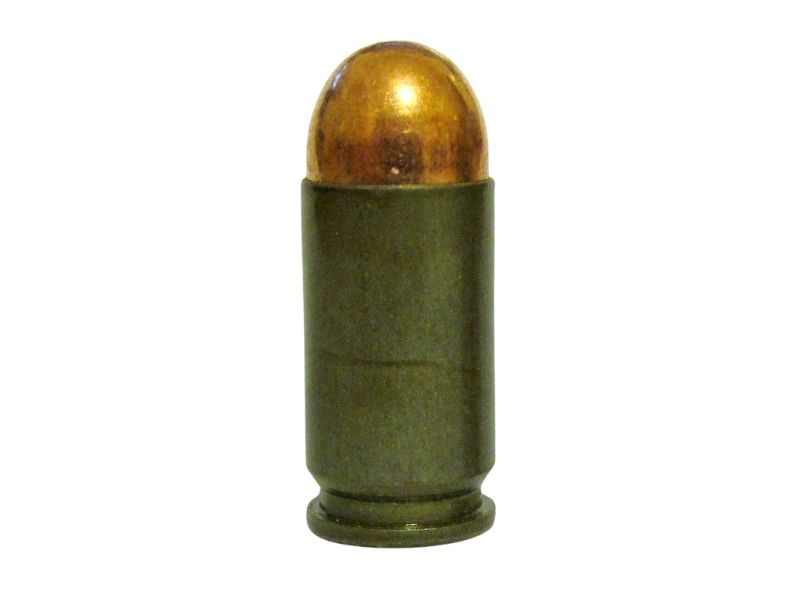
Introduced in 1945 by the Soviet Union, the 9x18mm Makarov was born from a desire for a simple, reliable cartridge suitable for compact pistols.
After World War II, the Soviets sought to replace their aging revolvers and the larger Tokarev TT-33 pistol with a more streamlined, modern design. The 9x18mm Makarov aimed for a balance of power and shootability in a blowback-operated pistol.
While not the most powerful handgun round, its mild recoil makes it popular for concealed carry and smaller-framed shooters. If you’ve handled an Eastern European or Russian surplus pistol, chances are it was chambered in this round.
Despite age, the Makarov balances practicality and ease of shooting, making it a mainstay in certain parts of the world.
2. 9x21mm IMI: The Luger’s Israeli Cousin

In the 1990s, Israel Military Industries developed the 9x21mm IMI to enhance performance over the standard 9x19mm Luger round. This innovation was partly driven by restrictions in countries like Italy, where military cartridges such as the 9x19mm were prohibited for civilian ownership.
The 9x21mm IMI, with its slightly longer case, delivers higher velocities and increased energy while maintaining a similar recoil to the Luger. Think of it as the hot-rodded version of the ubiquitous Luger.
While primarily found in countries with these restrictions, the 9x21mm IMI could appeal to those looking for a boost in power without sacrificing controllability.
3. 9x25mm Mauser: The Vintage Export
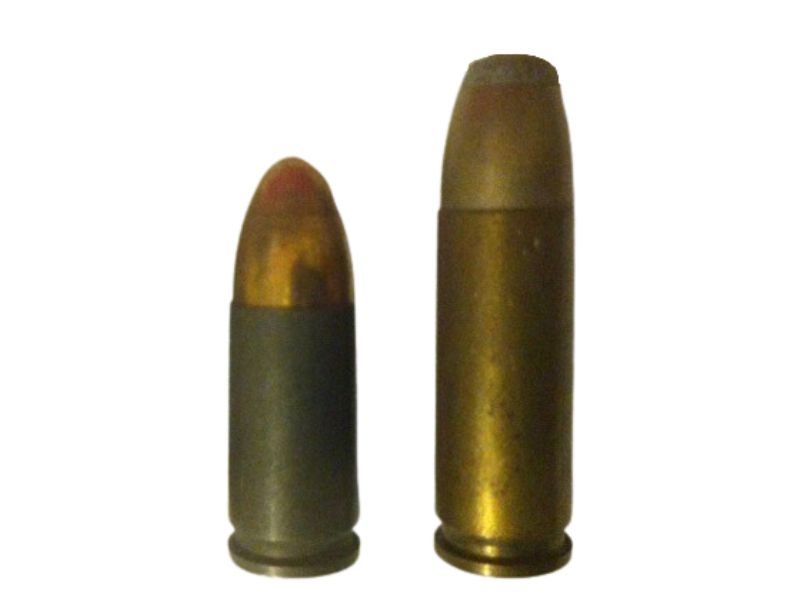
Dating back to 1901, the 9x25mm Mauser has a long and fascinating history. Designed by the Mauser company, this potent German cartridge found its first home in the iconic C96 “Broomhandle” pistol. It was later used in early submachine guns like the MP 18.
Germany produced it primarily for export to various countries in South America, Africa, and Asia, although production slowed as WWI began to ramp up. Its development aimed to deliver unparalleled power in a handgun, pushing the limits of the era’s technology.
Although more modern ammunition manufacture has rendered it obsolete, the 9x25mm Mauser is still a powerhouse in history, reflecting the ambition and innovation of early 20th-century firearms design. It still has a following among some collectors.
4. 9mm Browning Long: A European Classic
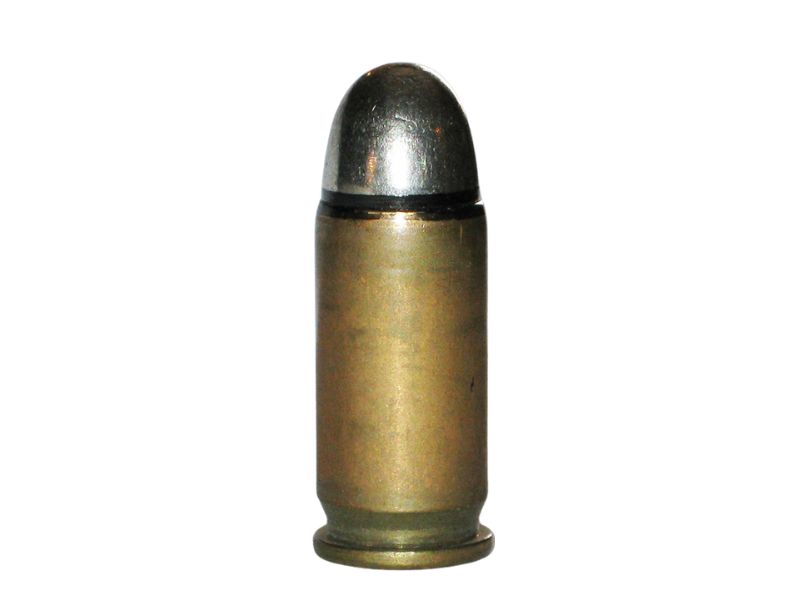
The 9mm Browning or 9x20mm SR was designed by the legendary John Moses Browning in 1903. It played a pivotal role in the evolution of semi-automatic pistols. It departed from the revolvers that dominated the era, offering a more compact and higher-capacity alternative for self-defense and military applications.
Compared to the 9mm Luger, the Browning Long features a slightly longer case. While not as powerful as some later 9mm options, it holds an interesting place in history. You might encounter the 9mm Browning Long in older European pistols, particularly those designed by Fabrique Nationale (FN) in Belgium.
9mm Browning is pretty hard to get your hands on, but there are reloader guides that have you use a .38 Super and shorten it, as well as other methods.
5. 9x23mm Winchester: The Cooperative Competition Caliber
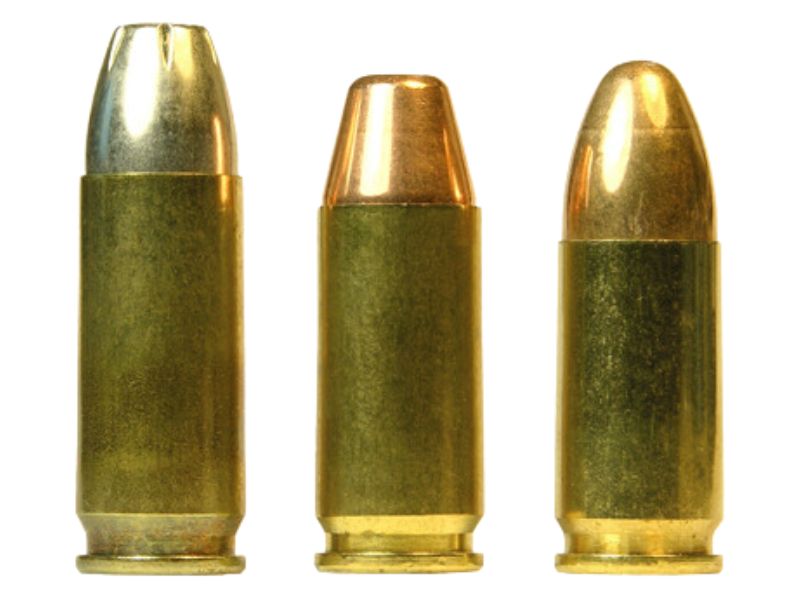
The 9x23mm Winchester was born from a collaboration between Colt and Winchester in the 1990s. It was designed to push boundaries in performance for competitive handgun shooting. Its target market was primarily shooters in IPSC and similar competitions.
They created a cartridge with a reinforced case capable of handling higher pressures than your typical 9x19mm Parabellum. This case translates to the allowance of increased power and velocity.
You’ll primarily find the 9x23mm Winchester in specialized competition pistols. Unfortunately, like the stories of many specialized rounds like this, it never really received commercial success. It’s still produced to this day, but it’s hard to hit par with Parabellum.
6. 9mm Winchester Magnum: The Rotund Rimfire
Introduced in the late 1970s, the 9mm Winchester Magnum is a high-powered rimfire cartridge. Designed primarily for pistols like the Wildey, it aimed to offer performance rivaling that of the .357 Magnum revolver.
This unique cartridge delivers impressive power for it being a rimfire design, boasting higher velocities and energy than your average rimfire options. While not widely adopted, the 9mm Winchester Magnum maintains a following among hand loaders and those seeking a unique handgun round.
7. 9x39mm: Blurring the Lines
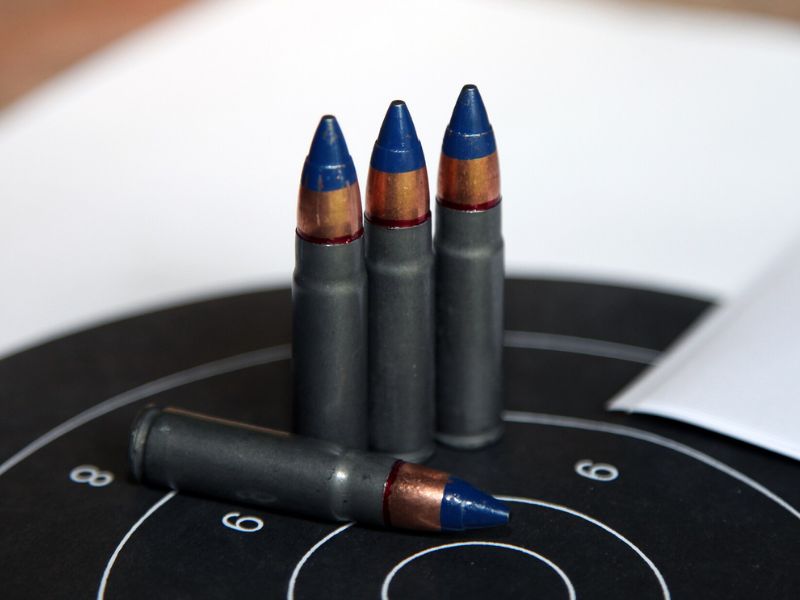
Designed by the Soviet Union in the 1970s and finalized in the 1980s, the 9x39mm bridges the gap between pistol and rifle cartridges. It was created for suppressed weapons, delivering subsonic performance with more punch than traditional pistol rounds.
Born from the need for covert operations by Spetsnaz and similar units, the 9x39mm was designed for weapons like the VSS Vintorez and AS Val suppressed rifles.
The standard Soviet 7.62x39mm, while powerful, proved too much for genuinely effective subsonic performance in suppressed weapons. The smaller 5.45x39mm, adopted in the 1970s, lacked the necessary mass for sufficient impact power at subsonic velocities.
The 9x39mm solution was built on the 7.62x39mm case but necked up to accept a heavy 9mm bullet. This configuration offered subsonic capabilities while delivering significantly more energy than typical pistol rounds.
8. .357 SIG: Magnum Power in a 9mm Semi-Auto
Introduced in 1994, the .357 SIG was an attempt to bring the power of the .357 Magnum revolver cartridge to the world of semi-automatic pistols.
Developed through a collaboration between SIG Sauer and Federal Cartridge, its bottlenecked case design fuels higher velocities and a flatter trajectory than many traditional 9mm loads. (Yeah, we know it doesn’t have 9mm in the name, but it’s just about 9mm in size.)
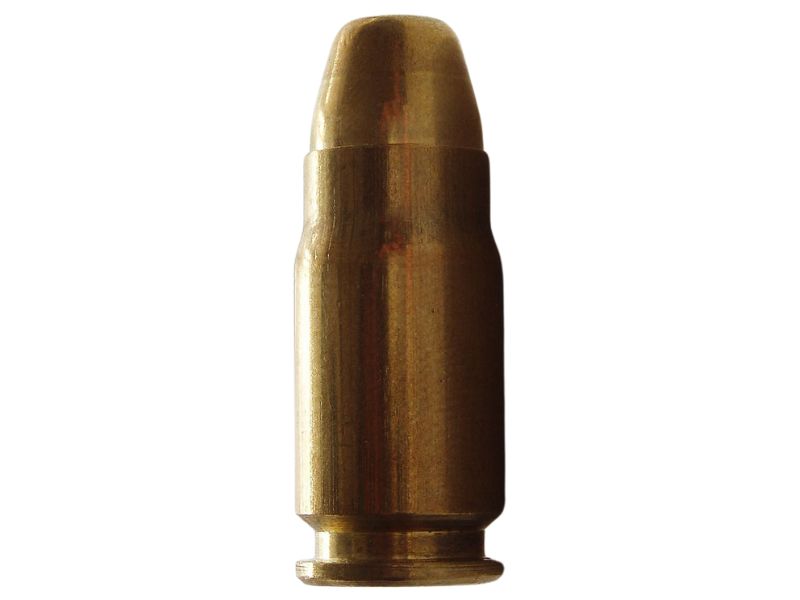
In the 1980s and early 1990s, law enforcement agencies sought alternatives to the standard 9mm cartridge, desiring something with more decisive stopping power. The .357 SIG aimed to solve that. It offered significantly more energy than the 9mm while fitting within similarly sized pistols, albeit sometimes with reduced magazine capacity.
The .357 SIG gained a loyal following, particularly among law enforcement agencies desiring magnum-level performance from a semi-automatic platform. While not as widely adopted as some other cartridges, the .357 SIG carved its own niche.
9. 9x23mm Steyr: Austro-Hungarian Armaments

Hailing from Austria and introduced in the early 1900s, the 9mm Steyr brings a touch of old-world charm to the 9mm lineup. It found its place in pistols like the Steyr-Hahn M1912 and submachine guns such as the iconic MP34.
While not as powerful as some later 9mm cartridges, the 9mm Steyr held its own during its era. The most distinctive feature of the Steyr is its tapered case design. This unusual shape aided in reliable feeding in the firearms of its time.
While this design offers a point of interest, it also makes the 9mm Steyr largely incompatible with modern firearms chambered for the more common 9mm Parabellum. While primarily of historical interest today, the 9mm Steyr shaped early 20th-century firearms design and represents an era of innovation and experimentation in pistol and submachine gun development.
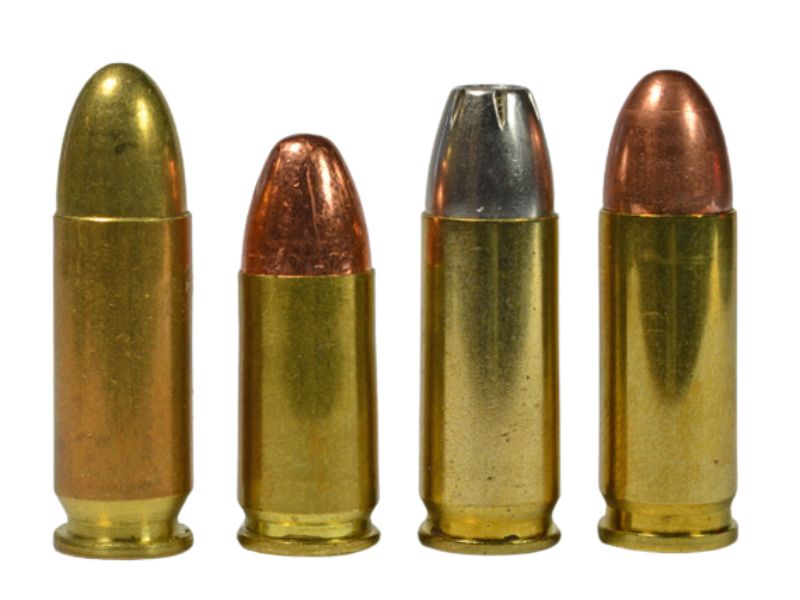
So, Not Just Parabellum?
So, the next time you hear someone mention “9mm,” remember there’s a whole world of ammunition beyond the standard Parabellum. From potent vintage rounds to specialized rifle cartridges and blanks, the 9mm caliber demonstrates incredible diversity.
Whether you’re a gun enthusiast, collector, or just curious about firearms, these unique cartridges reveal the fascinating history and innovation of firearms design.
¹Author’s note: I had always used the word “caliber” in conversation, apparently only partially understanding. Its definition in this context is A, “The Diameter of a bullet or other projectile,” and B, “The diameter of a gun’s bore usually expressed in hundredths or thousandths of an inch and typically written as a decimal fraction.”
Even though I wasn’t entirely wrong, seeing that I was technically often misspeaking all of this time was interesting! Specificity is key.





